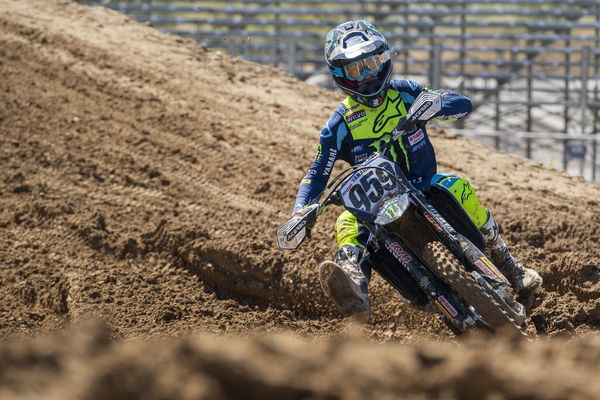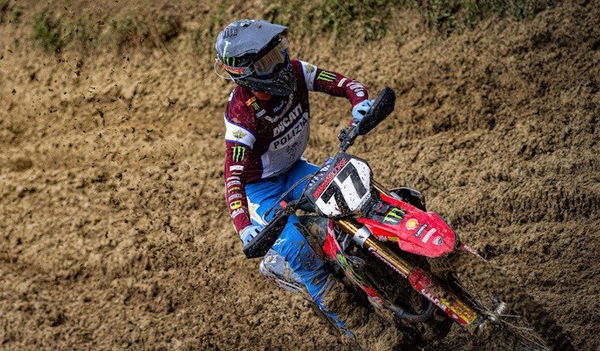Switzerland is set to lift its almost 70-year ban on racing
Switzerland will lift its motor racing ban after over six decades of road racing being outlawed in the European country due to its reaction to a crash in 1955.
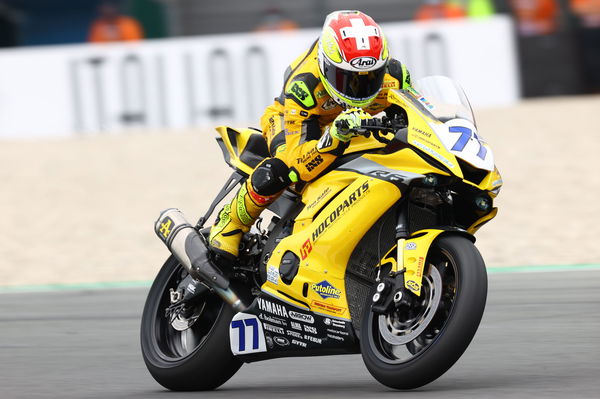
Switzerland will allow motor racing again, on both two and four wheels, after it ended its ban on the sport which has lasted for over 60 years.
Motor racing ended in Switzerland as a result of the 1955 24 Heures du Mans crash involving Mercedes driver Pierre Levagh. When Levagh crashed during the famous French race that year, his Mercedes caught fire, and, as it began to disintegrate while tumbling towards the outside of the track, the debris from it was launched into the crowd. 83 people, including Levagh, were killed, and 180 people were injured as a result of the crash.
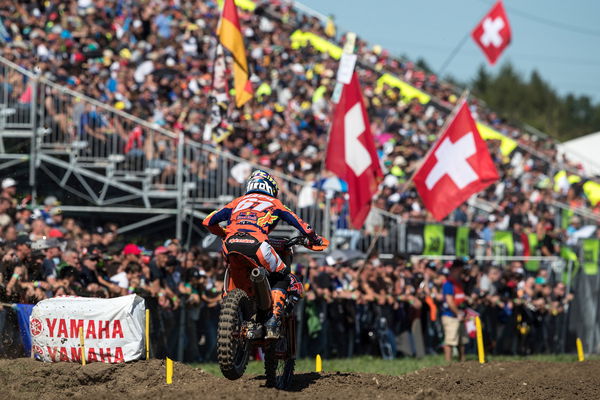
The Levagh incident caught international attention, and in Switzerland that led to a ban of motor racing with both cars and motorcycles on the roads. There were exceptions, of course. Moto.it notes that some hillclimbs, kart races and rallies were still allowed, and between 2016 and 2018 there was the MXGP of Switzerland in Frauenfeld.
Now, though, the ban is to be lifted, and Switzerland becomes open to racing. This is the result of the law which banned racing - which was formally passed by Swiss lawmakers in 1958 after a suspension of racing from 1955 - being called into question by contemporary Swiss authorities, in particular the Transport Committee of the National Council, according to Moto.it.
The revised view of the ban by the Swiss authorities is thanks to the improvements in safety made in racing in the past 67 years since the accident of Levagh in Le Mans. Now, in closed circuits, fans are protected from crashed vehicles by both distance and catch fences, and the protection of pilots - both riders and drivers - has improved dramatically since the middle of the 20th century.
"Since 1955, both safety measures in general and vehicle technology have improved massively, which is why a general ban would no longer be justified," said Thierry Burkart, a state councillor speaking on behalf of the Transport Committee, and as reported by TV Svizzera.
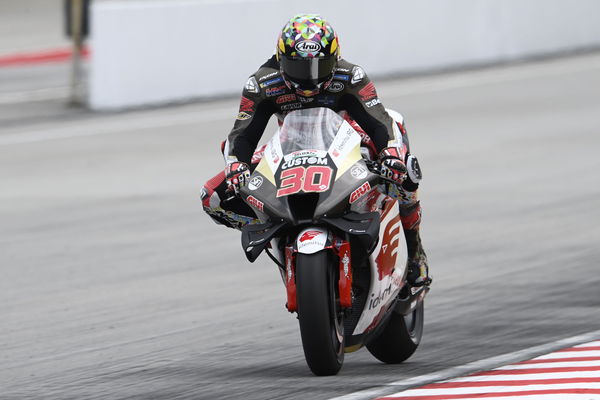
Just last weekend we saw Takaaki Nakagami hit his head on the rear wheel of Francesco Bagnaia’s Ducati in the MotoGP race in Barcelona and, while he did not walk away entirely unscathed, the incident looked as though it would have greater consequences than it did in reality.
However, it must be said that the safety of car racing and the safety of motorcycle racing do not exist in parallel.
Instead, while closed circuit, asphalt car racing is now quite safe indeed, motorcycle racing in the same circumstances continues to pose significant risks, especially in the junior classes. There are risks that come about due to one of the fundamental things of motorcycles: where with a car, the pilot sits in the vehicle; with a motorcycle the pilot sits on the vehicle.
The very nature of sitting on a motorcycle means that there can be no ‘survival cell’ or ‘crash structure’ like you get in modern racing cars that save the drivers in the events of extreme, high energy impacts. Instead, the only way in motorcycle racing is to allow the rider to free themselves from the bike when something goes wrong, but in the event of the rider sliding down the track, or coming back onto the track after going through a corner, without their bike, the dangers with other bikes on track are clear. And they are, at the time of writing, seemingly unpreventable.
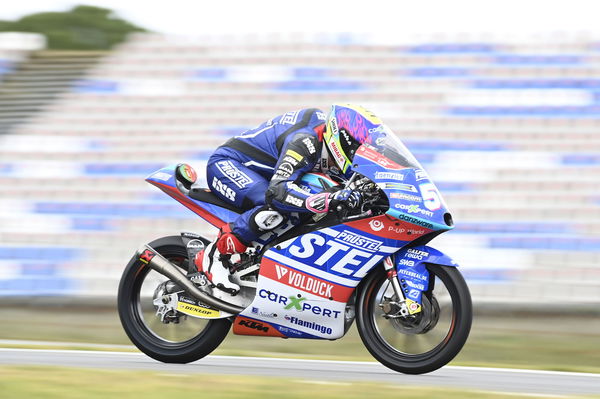
Where motorcycles with small displacements are used, like Moto3, Moto3-based classes (e.g. British Talent Cup) or 300-400cc production derivatives like those used in 300 Supersport racing, the bikes remain close together, thanks to slipstream and also the relative ease with which a rider in the World Championship can ride one at a pace good enough to remain in the lead group. In a group of 20 riders, a crash can be a disaster, and just last year there were three crashes in small capacity classes that resulted in fatalities. In the European Talent Cup, there was Hugo Milan, in WorldSSP300 there was Dean Berta Vinales, and in the Moto3 World Championship there was Jason Dupasquier, a Swiss himself.
This is not meant as an argument against lifting the Swiss ban on racing. Racing in Switzerland would be great. Their mountainous regions would make for a great race track, be it a permanent motocross course, or a flowing asphalt track fit for bikes and cars. However, when a nation is saying that racing is now safe, and they are talking mostly, if not totally, about cars, it is important to remember that safety in motorcycle racing is still not perfect. Perhaps it will never be perfect, but that arguably makes it even more important to consider.
While the Swiss ban on road racing within its territories prevented much racing from taking place, it did not prevent the country from producing some top class talent. In car racing, as pointed out in The Drive, ex-F1 driver, current factory Toyota World Endurance Driver and Former Formula E Champion Sebastien Buemi hails from Switzerland, as does Nico Mueller, who is one of Valentino Rossi’s teammates in the #46 WRT Audi in this year’s GT World Challenge Europe. Then, on the motorcycle side of things, Tom Luthi won the 2005 125cc World Championship, as well as a bunch of Moto2 races; Dominique Aegerter was a front-running and race-winning Moto2 rider, and occasional factory Honda rider with FCC TSR Honda at the Suzuka 8 Hour before heading to WorldSSP, where he became World Champion last year with Ten Kate Yamaha; and Jeremy Seewer has been three times a runner-up in his Grand Prix motocross career, and has won multiple GP overalls, including last weekend at the MXGP of France in Ernee.
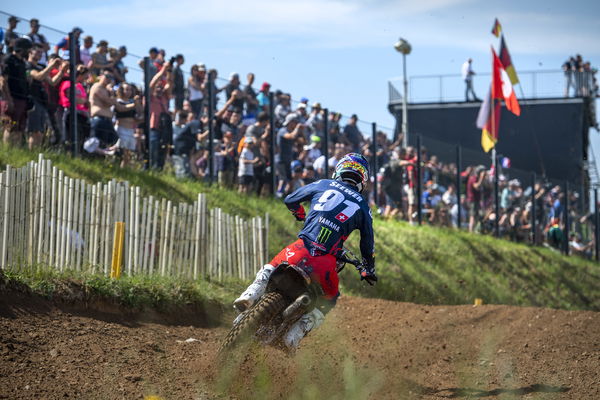
Whether Switzerland’s lifting of the ban on racing would lead to it hosting motorcycle races - whether with WorldSBK or MotoGP - in the future is difficult to understand for now. The appetite for it might be there, but of course Switzerland has not required a top level racing circuit for almost 70 years now, and going from racing being illegal to having a top grade race track capable of hosting World Championship racing is unlikely to be the work of a couple of years. But, nonetheless, it could make for an interesting possibility in the future.
